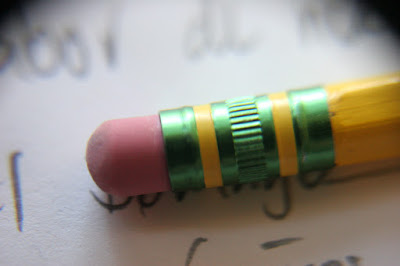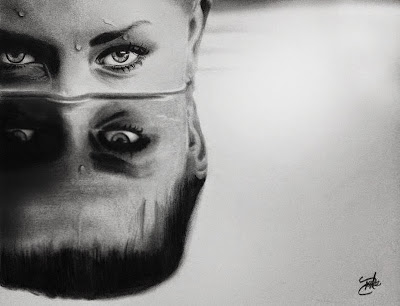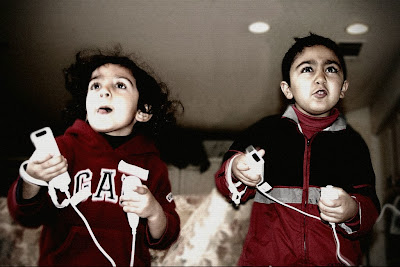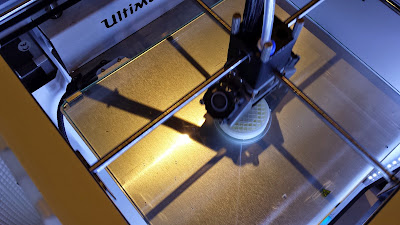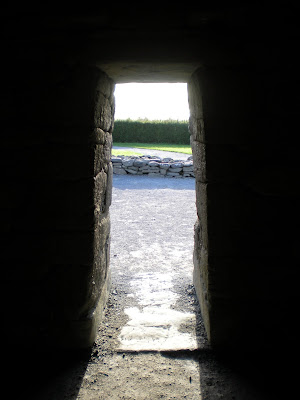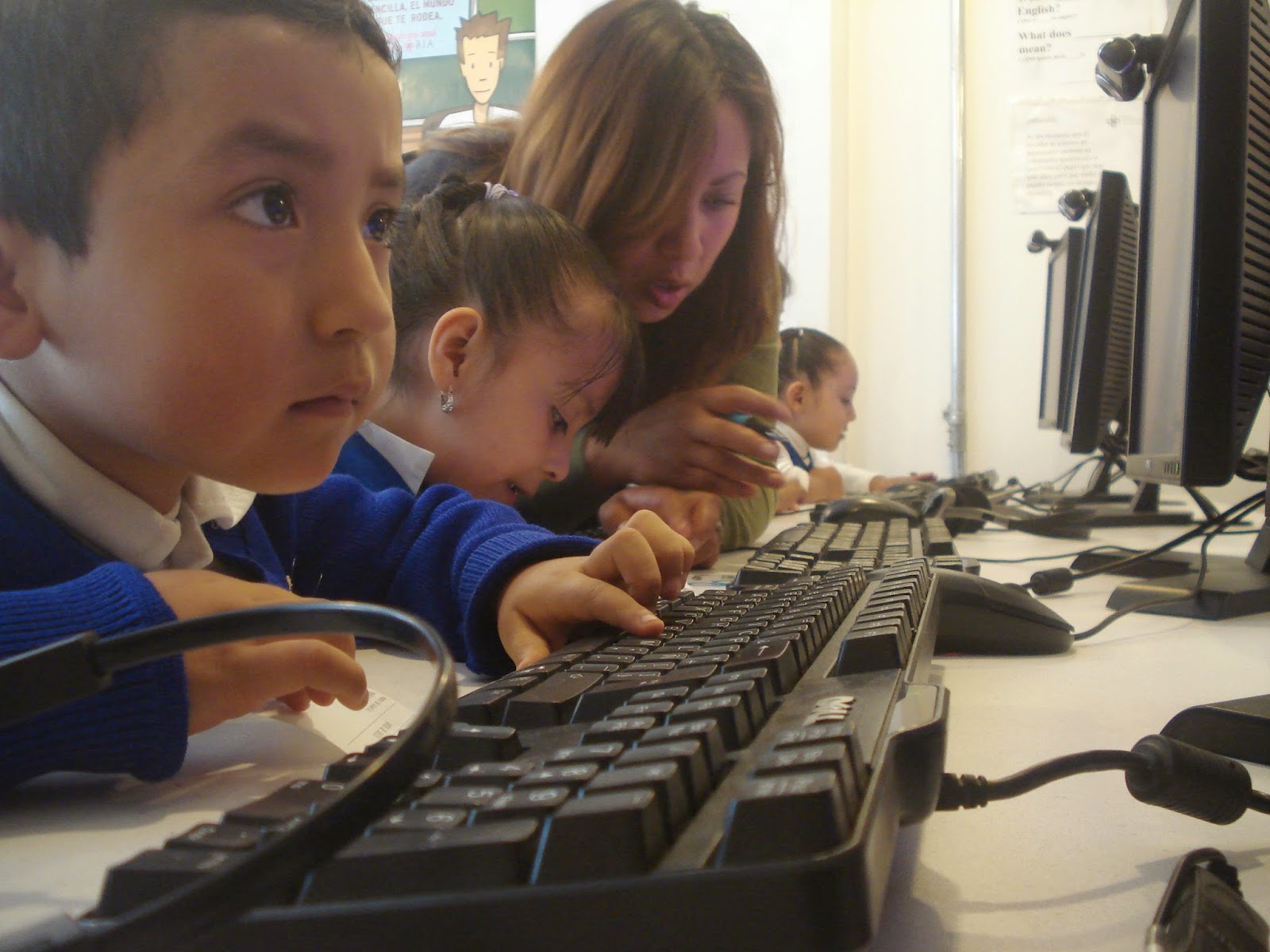Following on from
my previous post, I was asked what was the difference between new forms of learning and new formats of learning. With so many technology tools, channels and services available to us, it's an easy question to answer. To address the question however, we initially need to put the question of dialogue with teachers and peers to one side and focus solely on content.
Where once all that was available as a portable medium was the text book, students would need to spend time reading in a more or less linear fashion to follow the thinking of the author. With the advent of educational television in the middle of the last century, students were offered the affordances of audio commentary and visual cueing. This brought together two of the most potent human senses of sight and sound, and later, as programmed texts became available to accompany television, we exploited what psychologist
Allan Paivio described as the dual cognitive facilities of imagen (visual) and
logogen (speech and writing) processing. The introduction of video tape enabled the further facility of pausing, rewinding and fast forwarding content, as well as the capability to store it for use at any convenient time. This was one of the first occasions when technology began to open up non-linear forms of content consumption. But it was still consumption of content, and had advanced learning very little from the time where only text books were available.
The arrival of multi-media introduced the
affordance of non-linear content presentation, where students could study the knowledge contained within the media in any sequence, or iteration. Multi-media also brought with it the earliest forms of interaction with content beyond the multiple choice questions and remedial loops of
computer assisted learning. Students could interrogate the content and could also influence the direction, pace and focus of content through early games based systems.
The arrival of the Internet, and subsequently the Web brought interactive content to the desk top, and the introduction and rapid adoption of mobile technologies allowed students to access content any time, and just about any place. All of the above developments represent
formats of knowledge - the manner and context in which content is presented to the learner, and what they are able to do with that knowledge. The
forms of knowledge are made possible by the formats, but are essentially driven by the learner.
The forms of knowledge now available are numerous and are made possible by the many different technologies and technological affordances. Knowledge can be negotiated using open repository systems such as wikis, blogs and discussion forums. Knowledge can be represented in many forms on the web including through still or moving image sequences, text and spoken words, music, and of course through
hypertext. Indeed it is the latter that has generated the most diverse and serendipitous forms of learning on the web, and aligns neatly to
rhizomatic learning theory. It can be unpredictable, chaotic, but essentially purposeful, as learners navigate their way across the digital terrain, discovering for themselves. These are embryonic thoughts and are open to discussion, and comments as ever are very welcome.
Photo by Age Bosma on Wikimedia Commons

Opening up #learning: new forms of knowledge
by Steve Wheeler was written in Amsterdam, Holland
is licensed under a Creative Commons Attribution-NonCommercial-ShareAlike 3.0 Unported License.


